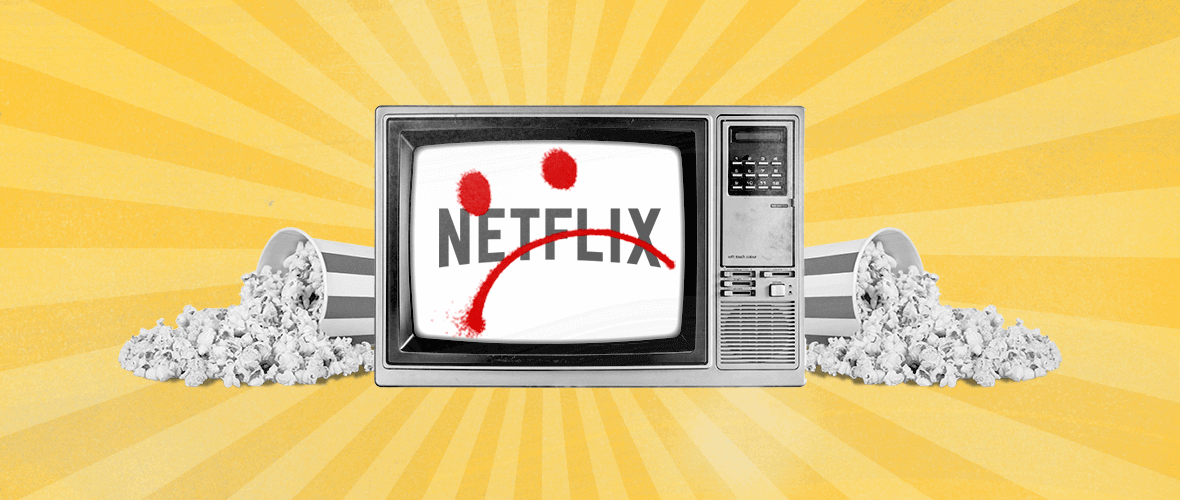In Advertising, Never Forget: You're Not Your Customer
True story.
I once presented a media plan to a retail client that included radio advertising on The Howard Stern Show. The demographics of the Stern listener matched perfectly with their male target audience: engagement ring buyers. To my surprise, the client (let’s call him Bill) had never heard of Howard Stern. I warned Bill that the content of the program was a bit racy and controversial and suggested he listen before we place the buy. His response, “Andy, I trust you, and besides, I only listen to NPR.” So, we placed the buy as planned.
On the first day of the campaign, I got a frantic call from him. “Andy, you’ve got to pull those spots right now. I’m getting so many complaints. People can’t believe we would advertise on that type of show.”
I took a breath, counted to ten, and then responded. “Bill, if they weren’t listening, they wouldn’t know you were advertising on Stern. But, I’ll move the spots if you prefer.” After a few thoughtful seconds, Bill said, “You’re right, don’t change a thing.”
The lesson is clear. You can’t let your media habits influence your advertising plans. Any good agency will have reams of research that can isolate exactly the right media mix to generate the most impressions against your best target at the lowest cost. You need an impartial recommendation, free of your own biases (and those of your wife, employees, neighbors, cousins and the dog, too).
Let me be clear. This is your money and you have the right to spend it any way you choose. I have worked with many clients, including major national advertisers who have a “hit list” – programming or formats they exclude from their buys. They don’t want their brand associated with certain shows. Jerry Springer was on many of these lists.
If you have a “hit list,” tell your agency before they begin planning. This way they can “buy around” those programs and try to replicate the audience in other shows or using another medium (online, billboards, bar coasters, etc.)
But know this. Your customers may not admit they watch Jerry Springer or listen to Howard Stern, but odds are they do. So, if you avoid the highest rated and most efficient programming, your buys will suffer. Plus, you’re leaving the door wide open for your competitors, especially if they find out you’ve “blacklisted” certain shows. Believe me, the station sales reps will be more than happy to tell them!
SIDEBAR:
Did You Know?
- The number of homes subscribing to cable TV has fallen 10% in the last 5 years. More people subscribe to Comcast’s Internet service than their TV service.
- 35% of all U.S. households subscribe to Netflix. The average subscriber streams programs for 2 hours each day.
- Since 2010, 18–34 year olds have reduced their time spent watching traditional TV by 23%.
- YouTube reaches more 18-49 year-olds daily than any U.S. cable network. The average YouTube “session” (continuous watching) is now over 40 minutes.
- 63% of U.S. adults turn to Facebook and Twitter for their news.
- Texting is the most-used function of mobile phones, 3X that of calling.
- People spend more time using mobile apps (198 minutes per day) than watching TV (168 minutes).
- It took the telephone 75 years to reach 100 million users. It only took the popular online game Candy Crush Saga 15 months.
- 68% of all millennials do not have a “land-line” phone.






